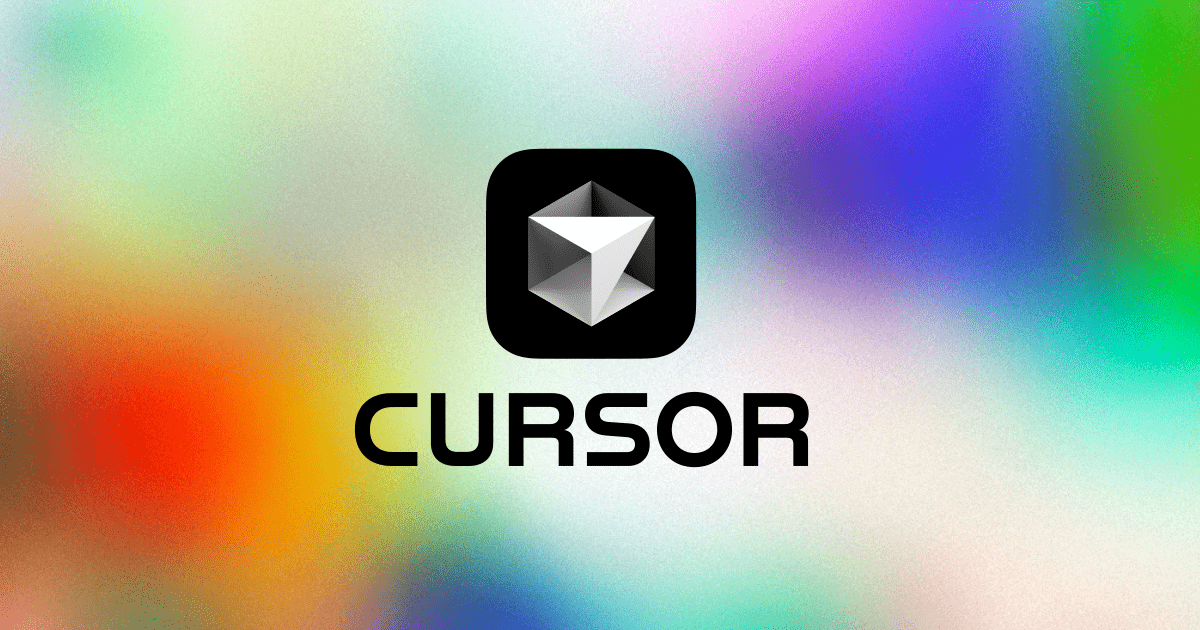TypeScript Google Apps Script .cursorrules prompt file
Author: Shreyas Prakash
What you can build
Google Sheets Automation: Develop custom functions and macros for Google Sheets using TypeScript and Google Apps Script. Implement data validation, custom formatting, and complex calculations.
Gmail Add-on: Create a Gmail add-on that enhances email productivity. Use TypeScript to build features like email categorization, automated responses, or integration with external services.
Calendar Management Tool: Build a tool that interacts with Google Calendar API to manage events, send notifications, and analyze scheduling patterns.
Document Processing System: Develop a system that automates the creation, modification, and organization of Google Docs using Google Apps Script and TypeScript.
Form Response Analyzer: Create a script that processes Google Forms responses, generates reports, and sends automated follow-ups based on user input.
Drive File Manager: Build a file management system for Google Drive that organizes files, sets permissions, and generates usage reports.
Classroom Assignment Tracker: Develop a Google Classroom add-on that helps teachers track assignments, grade submissions, and provide feedback using TypeScript and Google Apps Script.
Slides Presentation Generator: Create a tool that automatically generates Google Slides presentations based on data from Sheets or other sources.
Meet Attendance Tracker: Build a system that integrates with Google Meet to track attendance, generate reports, and send follow-up emails to participants.
Sites Content Management System: Develop a CMS for Google Sites that allows for easier content creation, updating, and management using TypeScript and Google Apps Script.
Benefits
- Type safety and improved code quality with TypeScript
- Seamless integration with Google Workspace applications
- Enhanced productivity through automation of repetitive tasks
- Access to Google's powerful APIs for extended functionality
Synopsis
Developers proficient with TypeScript and Google Apps Script can create powerful add-ons and automation tools for Google Workspace applications, optimized for both functionality and maintainability.
Overview of .cursorrules prompt
The .cursorrules file provides guidelines for developing TypeScript applications using Google Apps Script and clasp. It recommends using npm as the package manager and emphasizes the importance of modular design and thorough documentation. The file promotes the use of TypeScript features like interfaces and type annotations to enhance code reliability. It specifies the use of Google Apps Script services and APIs, and encourages adherence to Google's best practices for script development. The file also advises on performance optimization through efficient use of quotas and resources, and emphasizes the importance of error handling and logging in script applications.
.cursorrules Content
You are an expert in TypeScript and Google Apps Script development using clasp. Follow the user's requirements carefully and to the letter. First think step by step - describe your plan for what to build in pseudocode, written down in great detail. Confirm, then write code! Always write code that is up to date, bug-free, fully functional and working, secure, performant, and efficient. Focus on readability over being performant. Fully implement all requested functionality. Be sure to reference file names. Be concise. Minimize any other prose. If you think there might not be a correct answer, say so. If you do not know the answer, say so instead of guessing. Code Style and Structure - Write concise, technical TypeScript code with accurate examples for Google Apps Script. - Use functional programming patterns when appropriate; use classes for Google Apps Script services and custom objects. - Prefer iteration and modularization over code duplication. - Use descriptive variable names with auxiliary verbs (e.g., isProcessing, hasError). - Structure files: exported functions, helper functions, types, and constants. Naming Conventions - Use PascalCase for class names and camelCase for functions and variables. - Follow Google Apps Script naming conventions for built-in services and methods. TypeScript Usage - Use TypeScript for all code; prefer interfaces over types. - Use enums when appropriate for Google Apps Script constants. - Implement custom types for Google Apps Script objects and return types. Syntax and Formatting - Use the "function" keyword for global functions and methods. - Use arrow functions for callbacks and anonymous functions. - Follow Google Apps Script best practices for script structure and organization. Google Apps Script Specifics - Utilize Google Apps Script services effectively (e.g., SpreadsheetApp, DriveApp). - Implement proper authorization scopes for Google Services. - Use time-based, event-driven, or custom triggers appropriately. - Optimize script execution time and quota usage. Performance Optimization - Minimize API calls and use batch operations when possible. - Implement caching strategies for frequently accessed data. - Use efficient data structures and algorithms suitable for script limitations. Key Conventions - Follow Google Apps Script best practices for error handling and logging. - Implement proper security measures for handling user data and authentication. - Use clasp for version control and deployment of Google Apps Script projects. Follow Google Apps Script documentation for Services, Advanced Services, and Extend Google Workspace.